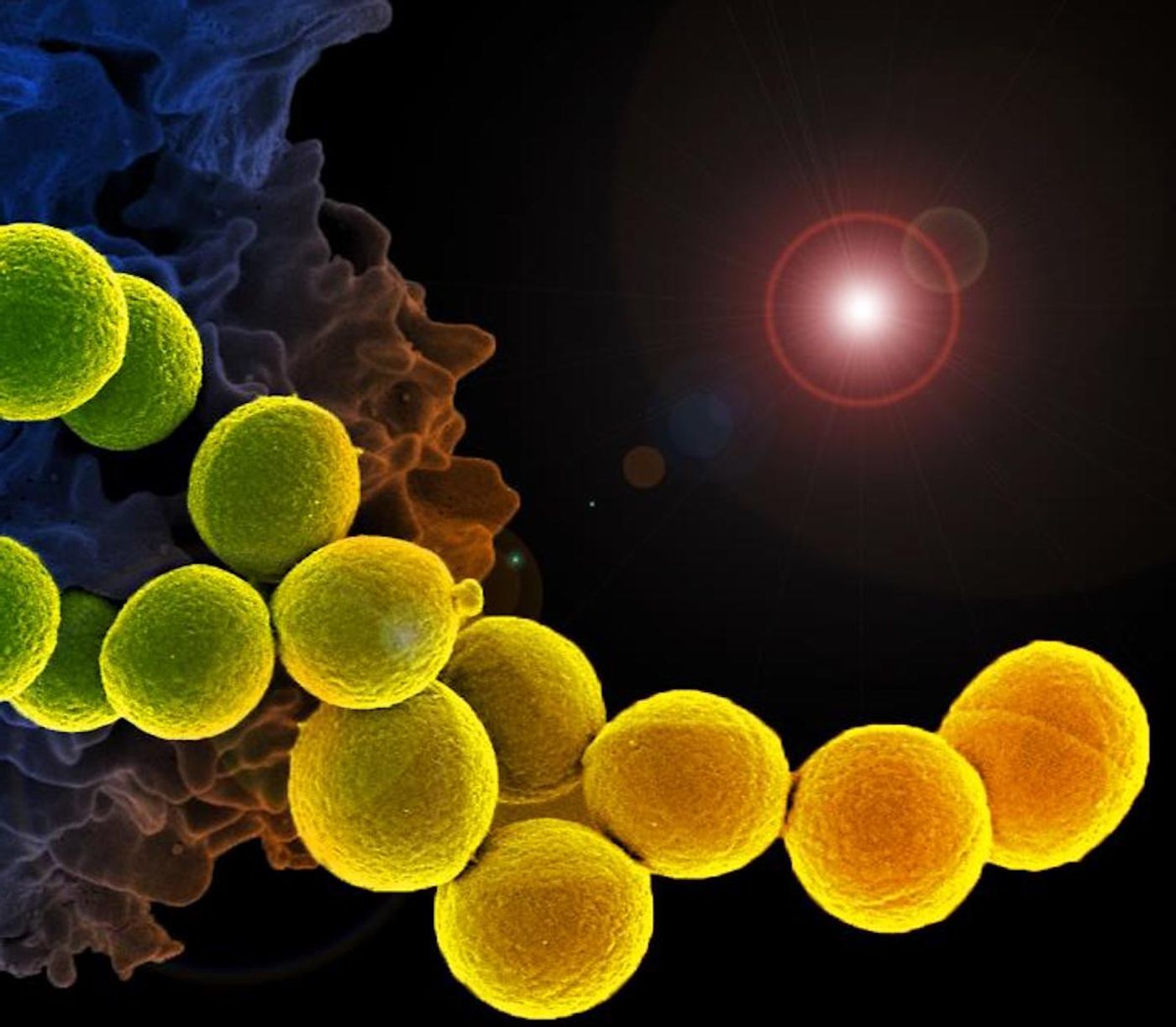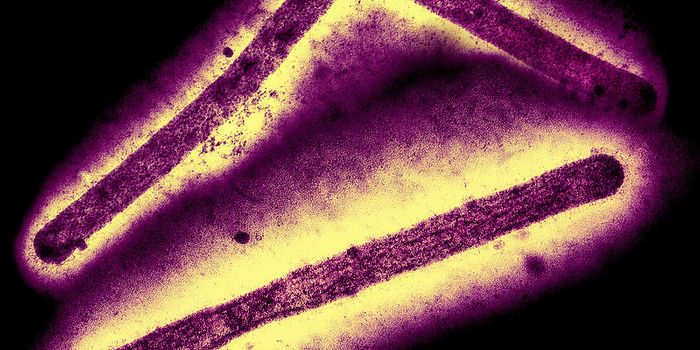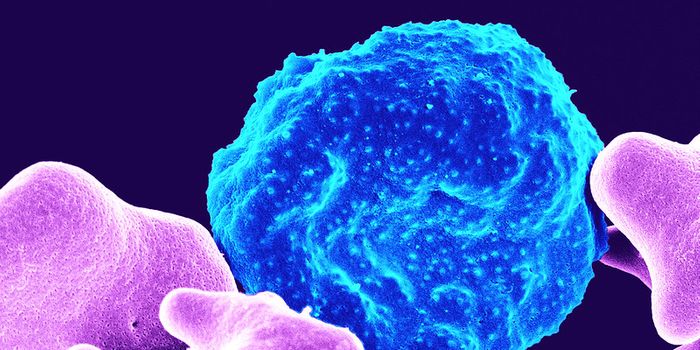The Mechanism of Lysostaphin, a MRSA-Killing Enzyme, is Revealed
Methicillin-resistant Staphylococcus aureus (MRSA) is a bacterial pathogen that is often associated with healthcare settings but can cause serious infections in anyone. These illnesses are difficult to treat because the bacterium can resist the effects of several antibiotics. Researchers at the University of Sheffield have now learned how a toxin called lysostaphin, which is produced by another bacterium called Staphylococcus simulans, can target and destroy MRSA. This knowledge can help inform the development of new treatments for antibiotic-resistant microbes, also known as superbugs.
In this work, reported in Nature Chemical Biology, the scientists found that lysostaphin can zero in on the cell wall of MRSA superbugs. Lysostaphin is an enzyme, and there are two places on one part of the lysostaphin molecule that each recognize their own portion of the cell wall. This unusual attachment can cluster enzymes together on the cell wall of the MRSA pathogen. The enzymes can then trigger the breakdown of the wall, killing the superbug.
The ability of lysostaphin to stop Staphylococcal infections has already been recognized; the enzyme was discovered more than fifty years ago. However, the mechanism it uses to eliminate the pathogen was unknown. Now that we understand how it works, the knowledge can be used to create better drugs to treat the growing threat of antibiotic-resistant pathogens.
"Lysostaphin is arguably the most studied enzyme after lysozyme, so we are delighted that our research is able to explain the mechanism underpinning its potent antibacterial activity," said the study leader Dr. Stéphane Mesnage, a Senior Lecturer in Molecular Biology and Biotechnology.
"Our study explains how this enzyme is able to target and digest the MRSA bacteria and why it is so potent. Hospital-acquired infections caused by bacteria resistant to last-resort antibiotics are on the rise, but our work could lead to the development of new treatments for these superbugs that use the same targeting mechanism."
Learn more about Staph infections from the video above by the Centers for Disease Control and Prevention. There is more information about superbugs in the following video.
Sources: Phys.org via University of Sheffield, Nature Chemical Biology









